Despite the dog days of summer ending on August 11th, heat records continue throughout the United States. Lean how extreme heat affects our pets and how to help.

THE Hottest Month on Earth!
On Friday, August 13th, the “National Oceanic and Atmospheric Administration (NOAA) declared July 2021 the world’s hottest month in 142 years of records.” Even Death Valley, California hit a new world record at a sweltering 130 degrees F!
In addition, records were also broken in Turkey, Northern Japan, Italy and Northern Ireland.
These extreme temperatures are life-threatening for humans, imagine how our pets felt trying to adapt and cope with extreme heat!

All Animals Are Affected by Heat
Both wildlife and domesticated animals are affected by these scorching temperatures. Even marine life has paid a high price on the Pacific Coast with millions of mussels, sea stars, barnacles and hermit crabs dying.
So how can you protect your beloved pets during these all-too-common heatwaves?
Extreme Heat: How Pets Cool Down
First, it is important to remember that physiologically cats, dogs, and rabbits cannot deal with extreme heat as we do. While we can regulate our body temperature through our largest organ, skin, animals are different.
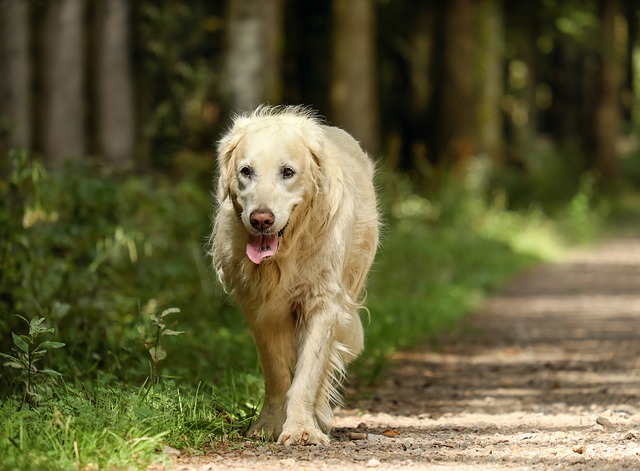
Dogs and Cats: Sweat only through their paws and noses. Panting also helps them cool off.
Cats: Through grooming their fur, the saliva evaporates off their hair and helps cool them down.
Rabbits and Birds: Do not sweat at all! They try to cool down with panting. Birds open their mouth and “flutter” their neck muscles to promote heat loss. They also flap their wings. Rabbits dissipate heat through their ears.
Horses: Cool themselves through 1) the dilation of skin capillaries and 2) sweating through their skin.
Remember, deal with dangerously hot temperatures from your pet’s point of view, not your own.
Extreme Heat and Risks
Animals don’t always let us know how they are feeling. So, the pet owner needs to understand each animal and protect them in extreme temperatures.
Extreme heat affects our pets and can cause dangerous conditions including:
- Dehydration
- Electrolyte imbalances (horses)
- Heat Stress (horses)
- Heat Exhaustion and Heat Stroke (dogs)
- Heat Stroke (rabbits)
- Overheating/Heat Stroke (cats)
- Heat Stress/Overheating (birds)
Extreme Heat: 8 Ways to Protect Your Pets
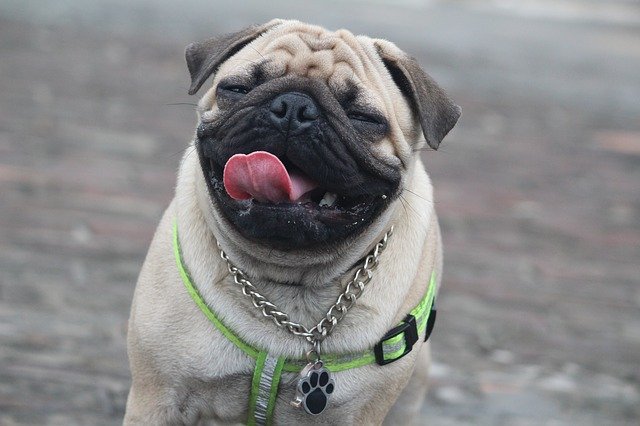
- Offer plenty of fresh, cool water.
- Run the AC; do not rely on just a fan.
- Make sure any pets in cages are away from all windows. Pull the shades to keep the heat out.
- Brush them often to remove old, excessive hair.
- If your pet begins to overheat, slowly cool them down and contact your vet.
- Keep a closer eye on pets susceptible to heatstroke including:
a. Brachycephalic breeds like Pugs, Bulldogs, French Bulldogs and Boston Terriers.
b. Pets with heart issues.
c. Overweight pets.
d. Very young or very old pets. - Remember humidity adds to the overall heat index so be extra vigilant!
- Know your pet so you notice if they are not drinking enough water and whether they are overheating.
Extreme Heat: 6 Things NOT to Do!

Doing any of the six things below could harm your pet (rather than help) during extreme heat.
NEVER:
- Shave your pet!
- Immerse your pet in very cold water! This may cause shock and even death and stop all cooling.
- Leave your dog or other pets outside!
- Exercise your pet during the hottest parts of the day. Avoid hot pavement, asphalt and parking lots. Walk your dog on the grass or dirt.
- Leave your dog or any other pet in the car!
- Leave pets unattended around a pool!
Always work with your veterinarian on how best to keep your pet cool during heat waves based on their breed, age, overall health and condition.
Regularly brush out your pet’s old, excessive hair with EquiGroomer tools to help them keep cooler during the hot days.
EquiGroomer Grooming Tools: Easy and Pain-Free Grooming!
Click here or on the image to watch the video!
For individual or bulk orders, call 860-573-0604 or click here to send us an email.

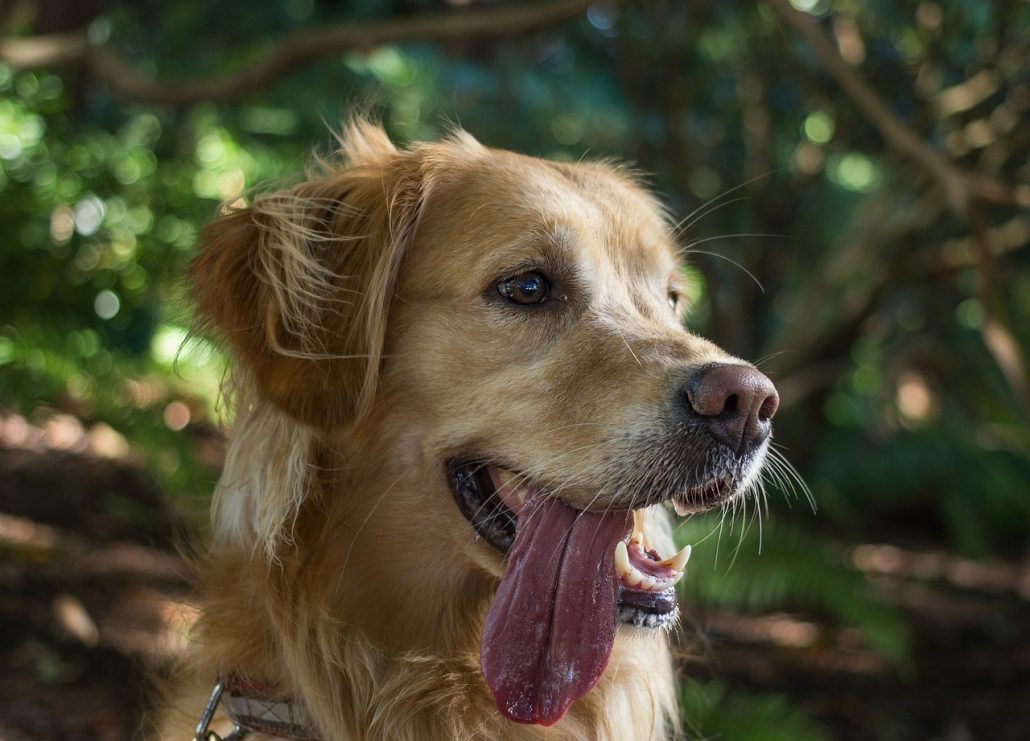
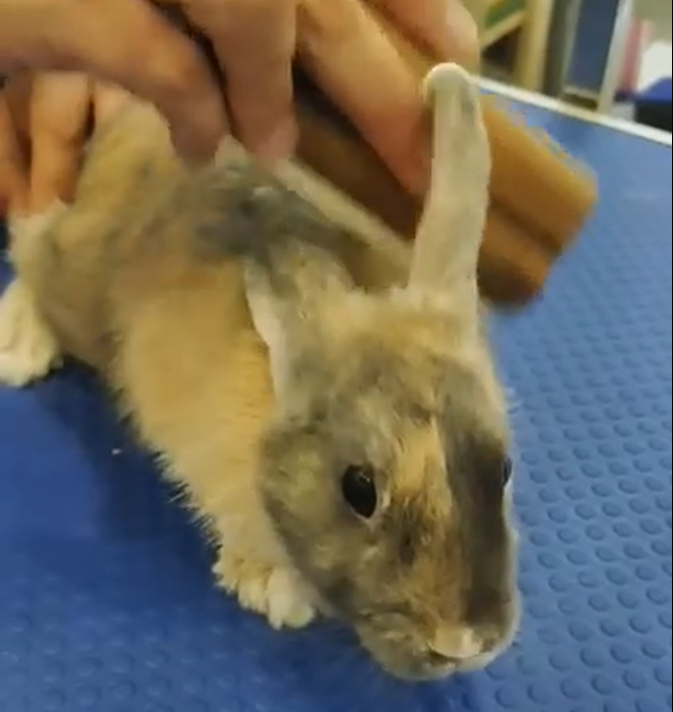
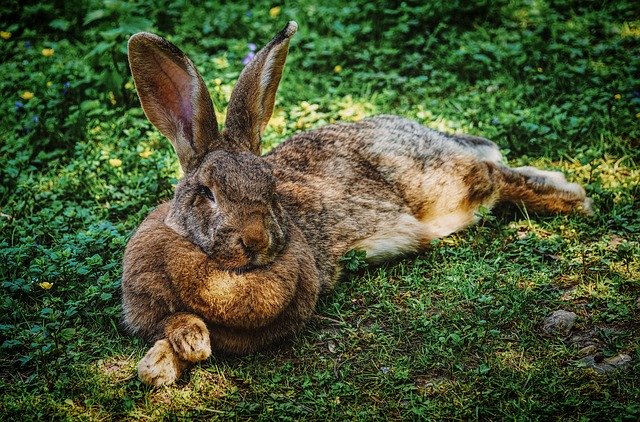
 Digital thermometers are considered safer and more commonly used today. Temperatures are typically taken via the ear or rectally – which is considered more accurate – in cats, dogs, horses and livestock (with a small amount of lubricant on the end of the thermometer). Be warned, depending on your pet or animal, taking their temperature may be a two-person job!
Digital thermometers are considered safer and more commonly used today. Temperatures are typically taken via the ear or rectally – which is considered more accurate – in cats, dogs, horses and livestock (with a small amount of lubricant on the end of the thermometer). Be warned, depending on your pet or animal, taking their temperature may be a two-person job!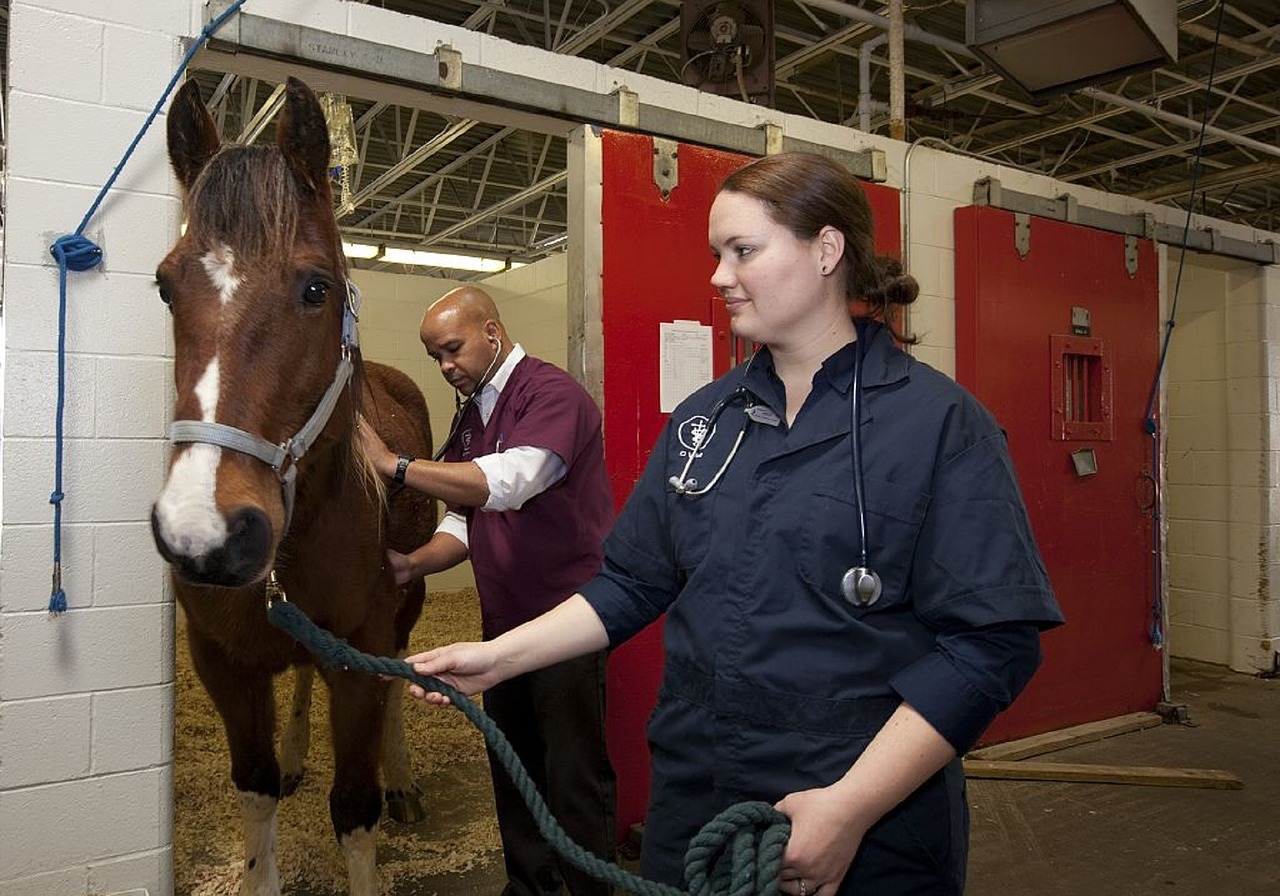



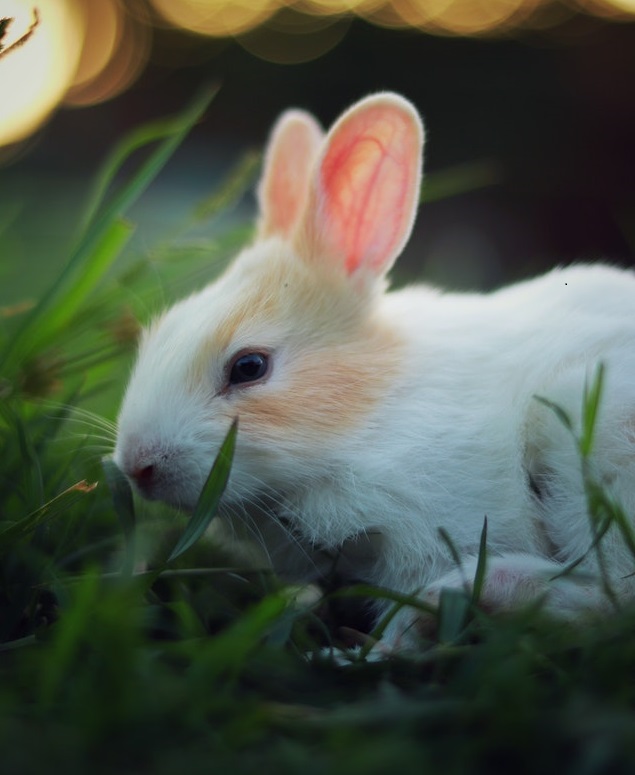
 on hard surfaces that are easier to clean. Cooler garages and basements are also good.
on hard surfaces that are easier to clean. Cooler garages and basements are also good.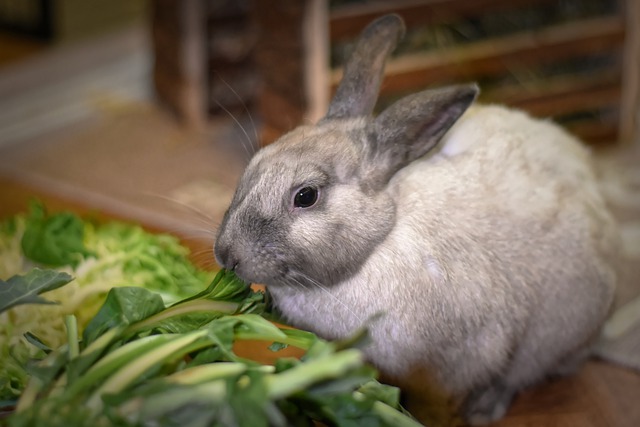
 attended to on a regular, daily basis. In this unprecedented time, our pet’s health is equally as important as our own! Our pets rely upon us daily to protect them and ensure their best health and quality of life. Also, during all the uncertainty, we need our beloved pets even more for their infinite love, support and companionship while we all self-quarantine.
attended to on a regular, daily basis. In this unprecedented time, our pet’s health is equally as important as our own! Our pets rely upon us daily to protect them and ensure their best health and quality of life. Also, during all the uncertainty, we need our beloved pets even more for their infinite love, support and companionship while we all self-quarantine. By keeping up with your pet’s regular grooming, you can keep your pet’s coat in good shape, without painful matting, burrs and/or allergens. You can also address any potential health issues before they require a potentially stressful visit to your veterinarian during the shelter-in-place mandates.
By keeping up with your pet’s regular grooming, you can keep your pet’s coat in good shape, without painful matting, burrs and/or allergens. You can also address any potential health issues before they require a potentially stressful visit to your veterinarian during the shelter-in-place mandates. our domestic pets. So, we’d like to take a quick moment and address what you need to know.
our domestic pets. So, we’d like to take a quick moment and address what you need to know.
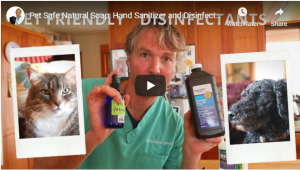

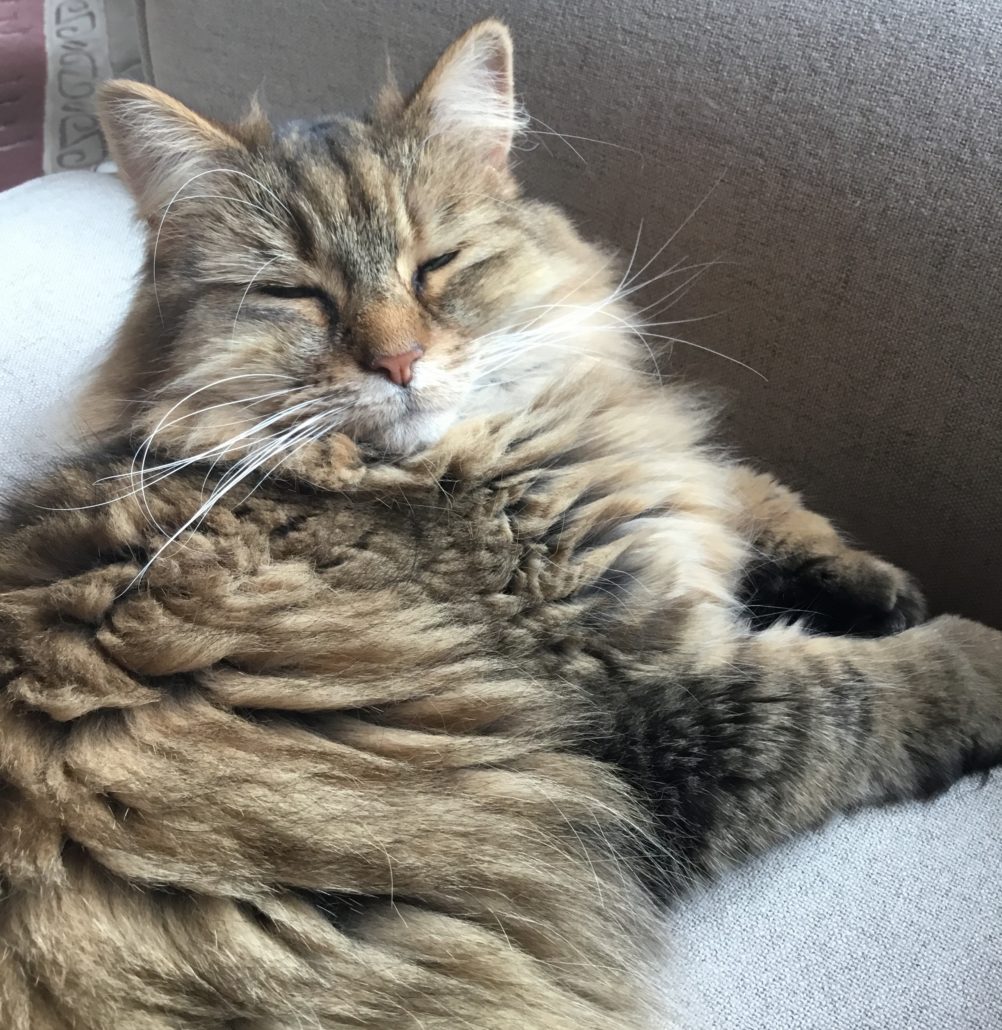
 Each stage of your pet’s life has its own requirements for well-being. The needs of a puppy, kitten or foal will be different from an adult or senior. So, it’s important to focus on the specific wellness needs and effective preventative care for their age, breed, health history and potential aging challenges.
Each stage of your pet’s life has its own requirements for well-being. The needs of a puppy, kitten or foal will be different from an adult or senior. So, it’s important to focus on the specific wellness needs and effective preventative care for their age, breed, health history and potential aging challenges.




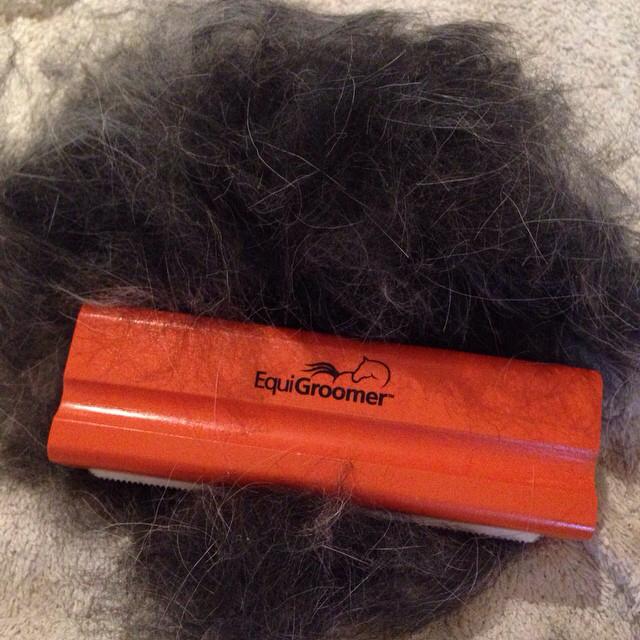

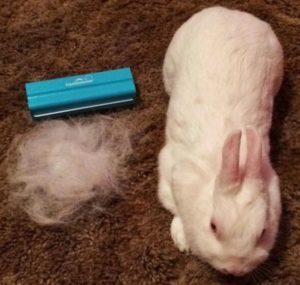 hairballs for cats (as well as rabbits and
hairballs for cats (as well as rabbits and 
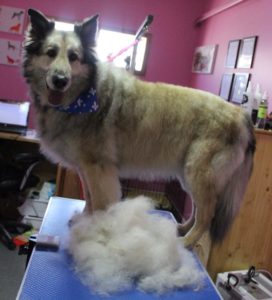 Pomeranian, Corgi, Puli, Leonberger, Golden Retriever and Shiba Inu
Pomeranian, Corgi, Puli, Leonberger, Golden Retriever and Shiba Inu Regular brushing is essential to your pet’s overall hygiene, health, comfort and happiness.
Regular brushing is essential to your pet’s overall hygiene, health, comfort and happiness.
